This week, London is abuzz with creativity. Timed with London Fashion Week and an unseasonably warm September, London Design Festival kicked off on Saturday, with a slew of launches, events, and installations taking place across the city. Nearly every pocket of London is participating, with pop-ups and programs everywhere from the V&A to Clerkenwell, making for a dizzying amount of design to take in. Follow along as AD PRO reports the most interesting of the bunch—and be sure to check back daily for new additions.

Please Feed the Lions
One of the week's most highly-anticipated events, this interactive installation by Es Devlin took over Trafalgar Square, combining sculpture, color, and technology for a multi-faceted display. Devlin's lion, cast in the shape of the Square's existing stone ones but in a deeply-saturated red, is controlled by visitors, who can choose words for it to roar. The concept is the result of a supposed backstory about the original lions. Says Devlin, "The British design guru Sir John Sorrell nudged me as we walked through Trafalgar Square this time last year. He said: 'Landseer never wanted those lions to look so passive: he proposed a much more animated stance, but Queen Victoria found it too shocking. The thought lodged in my mind. What if we could invest the lion with a diversely crowd-sourced collective poetic voice?" Working with Google Arts & Culture, Devlin devised a thoroughly modern lion, who roars a collective poem submitted by the public.

MultiPly
In collaboration with AHEC and ARUP, British firm Waugh Thistleton Architects has installed a modular plywood structure in the Sackler courtyard at the V&A. With its maze-like, slightly precarious-seeming structure, the group makes a statement about our current lack of urban housing and champions cross-laminated timber as a sustainable building material. All this in a project that encourages exploration and interaction.

Kellenberger–White Alphabet
London-based graphic design firm Kellenberger–White brought its work to the streets this week with Alphabet, a series of colorful chairs in the shape of—you guessed it—the alphabet, painted in hues from producers in cities around the world (like the orange used on San Francisco's Golden Gate Bridge). "It's a playground, but also an alphabet," the firm explains in a statement. "It's public furniture, but it can talk." The chairs are installed at Finsbury Avenue Square.
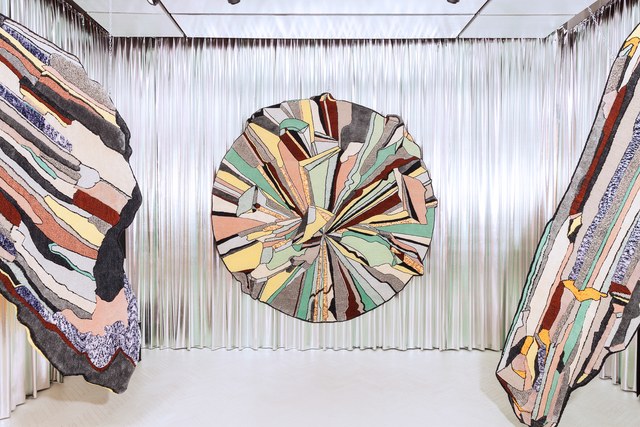
Superfake
“At the Royal College of Art, I fell in love with materials like laminate that were interpreting other materials,” explains London-based designer Bethan Laura Wood. “We have this desire for an urban lifestyle but also a desire for nature.” She’s surrounded by a set of wacky rugs—launched with cc-Tapis last spring in Milan and now on display in London’s Silvera showroom—that tick both boxes. Called Superfake, the series takes a new look at a rudimentary building material: wood. “I didn’t want a direct translation of woodgrain; I’d already explored that,” she explains. Instead, textile artisans worked from her artworks—digital versions of laminates, themselves fake versions of natural materials—to distort and re-distort the motif. The results: textural, topographical floor coverings with varied pile heights that can hang on the wall like works of art or layer cleverly atop wood floors. 241–245 King’s Road.

Sisal Sanctum
“A lot of my work deals with sustainability,” says Mexican-born, London-based designer Fernando Laposse, who was—for that very reason—selected to create an installation for the CitizenM hotel in Shoreditch. His proposal: an exploration of sisal, a sustainable material from his homeland. For Sisal Sanctum, blond strands of the stuff—made from cut and dried agave cactus—cascade down walls at the hotel’s entrance, drape across low-lying seats, and are sculpted into the form of a friendly beast. “I wanted to create a sanctuary,” he explains, “and remind people that maybe it’s not technology that will save us, but a return to the natural materials that grow on our land.” It's a sentiment that's echoed in his second LDF installation, a showcase of wood veneers made from corn husks (click through for more). 6 Holywell Lane.
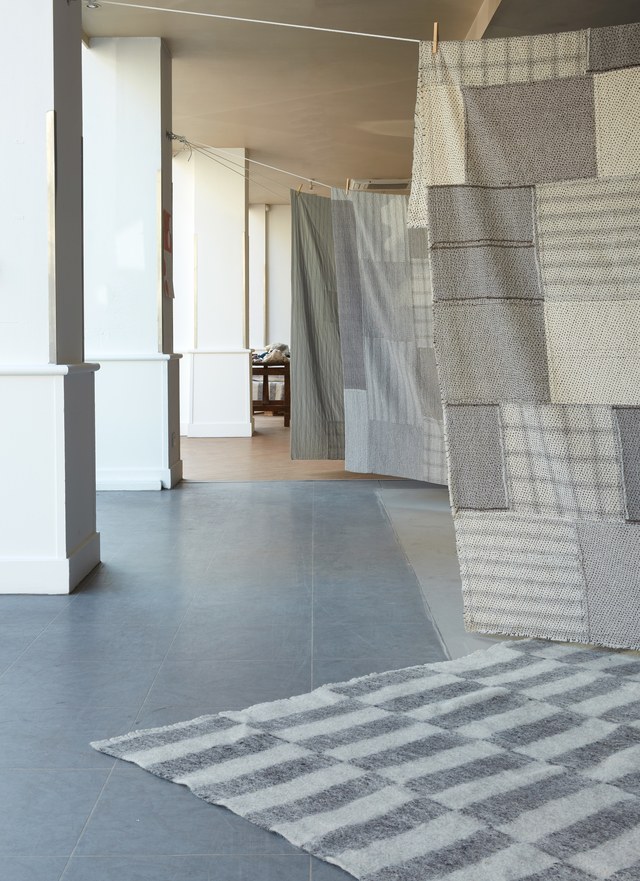
From Rain to Loom
For the Brompton Design District's LDF offerings, curator Jane Withers imagined the theme "Material Consequences," focusing on rethinking traditional materials to build more sustainable products and processes. U.K. brand Stitch by Stitch was a perfect fit: The company works with artisans in India and Nepal who weave textiles using a specific breed of indigenous cotton that can thrive on very little rainfall. "The cultivation of indigenous Kala cotton in this dry, arid region, is a holistic choice," explains Stitch by Stitch founder Graham Hollick. "It combines conservation and environmental sustainability, while providing sustainable income for marginalized farmers, spinners, and weavers." In "Rain to Loom," Hollick and his cofounder Karen Sear Shimalli display patchwork quilts made by these artisans in muted tones that are more in keeping with the brand's British identity. 197 Berompton Road

Why Materials Matter
To celebrate its new tome, Why Materials Matter (Prestel)—a perfect fit with the Brompton Design District theme—material research studio Ma-tt-er commissioned a selection of designers featured in its book to create experimental bookends. On display in Brompton, the new volumes are held up by hunks of matter ranging from hair rope to terra-cotta foam. 3 Yeoman's Way.

Sahara
At his Grafton Street atelier, Achille Salvagni presented his latest immersive display of new furniture and design pieces. Titled Sahara, the installation draws from the warm hues of the desert. Included in the assortment is Massai, a new brass-and-wood shelving system by Salvagni as well as several Guido Guidi photographs of buildings by Le Corbusier. 12 Grafton Street.
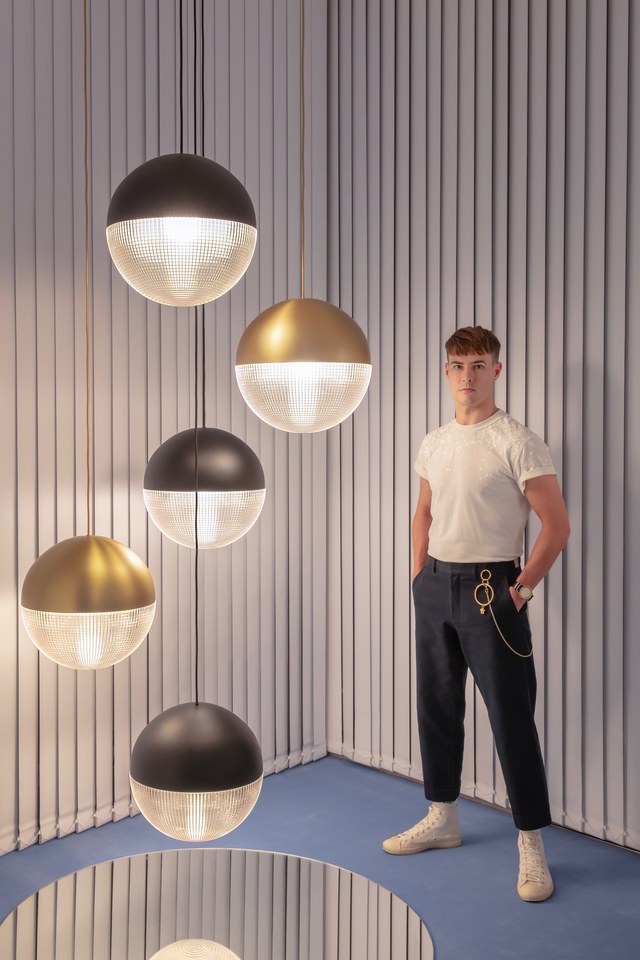
Lee Broom, Observatory
At his Shoreditch showroom, lighting designer Lee Broom unveiled the third and final installment of his Observatory collection, which he's previously shown in Milan and New York. "This has been an amazing year," says the designer. "I have loved creating and presenting our new lighting collections across Europe and the USA. I wanted to create products that are mesmerizing to look at and designs that engender both a visual and emotional response. I am very proud of what we have achieved in developing new technology while retaining a sense of classism in the design." Here, Broom is pictured with the Lens Flair light, one of five on display.
(Source:architecturaldigest.com)









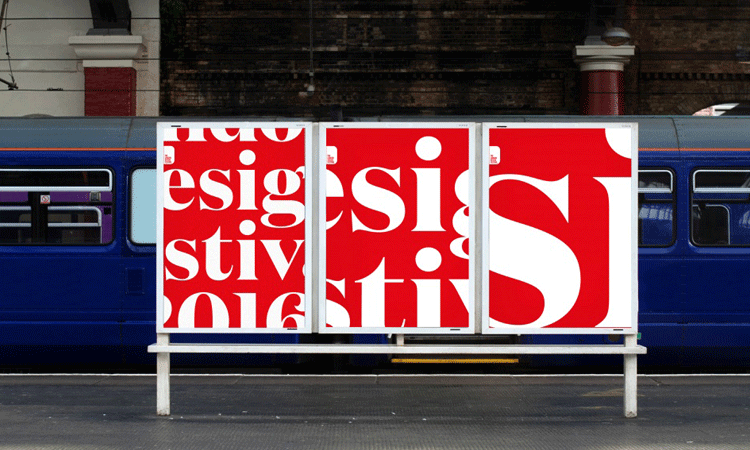
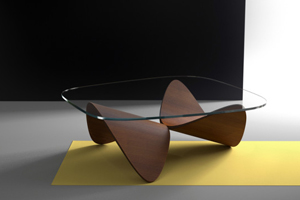
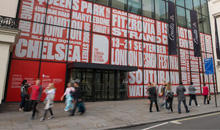

 沪公网安备31010402003309号
沪公网安备31010402003309号



